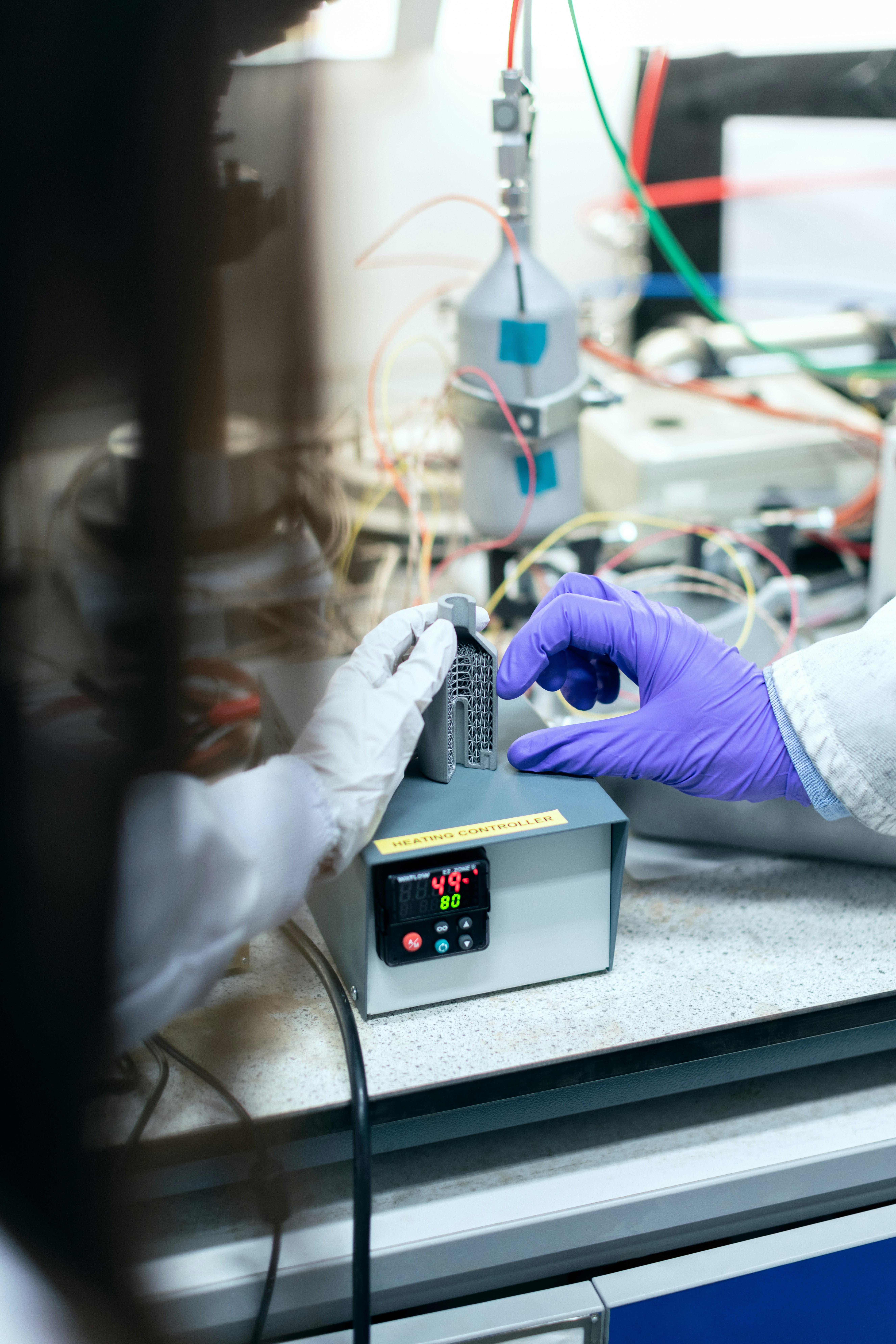Epoxy coatings are engineered for performance—resistance, durability, and precision. But what happens when the paint is too runny or doesn't stay where it should during application? That’s when thickener additives become essential. These unsung heroes control viscosity and ensure the paint behaves exactly as needed, from the brush to the surface.
What Are Thickener Additives in Epoxy Paints?
Imagine applying epoxy to a vertical surface and watching it sag or drip before it cures. Not only does it ruin the finish, but it also wastes material and time. Thickener additives solve this problem by adjusting the flow characteristics of the paint, giving it the body and consistency required for proper application.
Thickeners increase the viscosity of epoxy coatings without compromising their performance. They help stabilize the formula, prevent pigment settling, and allow the paint to hold its shape—even on vertical or overhead surfaces.
These additives can be tailored to create everything from thin, self-leveling coatings to thick, non-sag pastes, depending on the application needs.
Benefits of Using Thickener Additives
Improved application control
Prevents sagging and dripping, especially on vertical surfaces or corners.
Enhanced pigment suspension
Reduces settling and separation, maintaining consistent texture and color throughout the container.
Allows formulators to design coatings with specific flow and leveling characteristics for different application methods (brush, roller, spray, etc.).
Conclusion
Thickener additives are vital for achieving the right consistency, stability, and performance in epoxy paints. They ensure that the coating stays where it's applied, looks professional, and cures properly.
Whether you're aiming for a self-leveling floor or a high-build protective layer on a wall, the right thickener ensures the product delivers not only strength—but also precision and control.
Copyright ©️ 2024, COSMOS Coatings.
